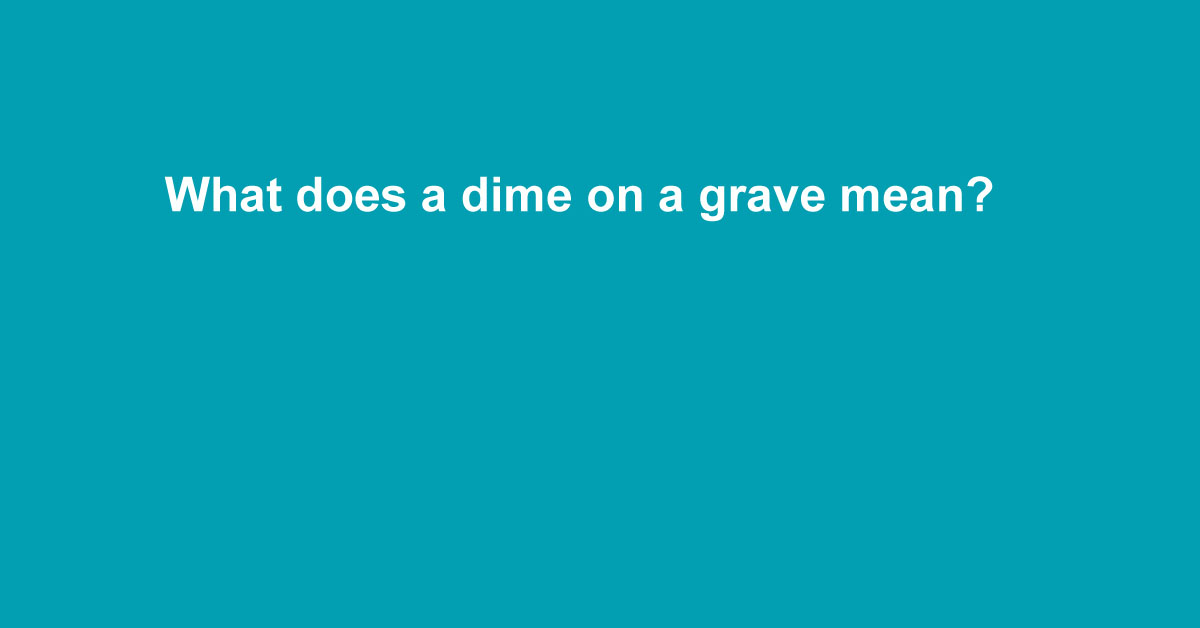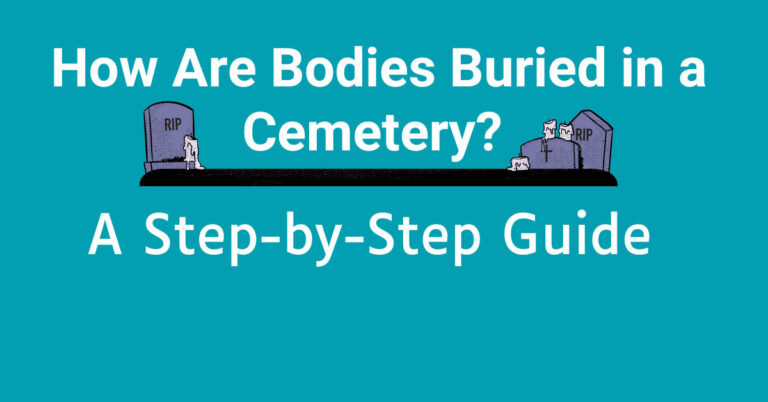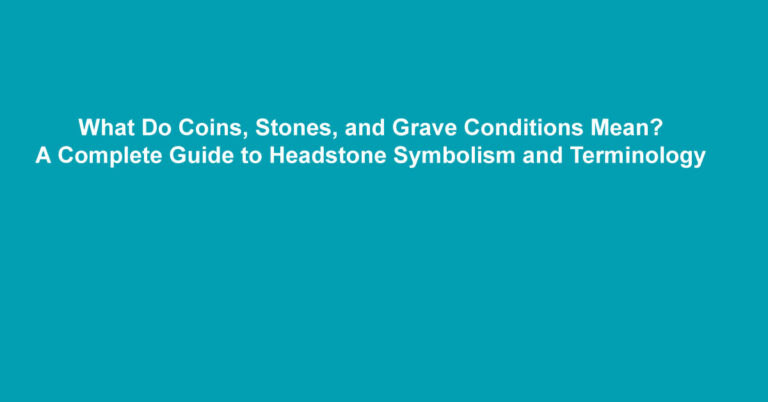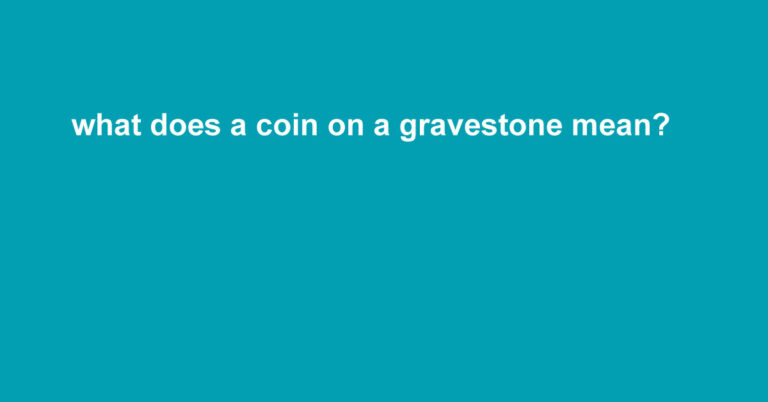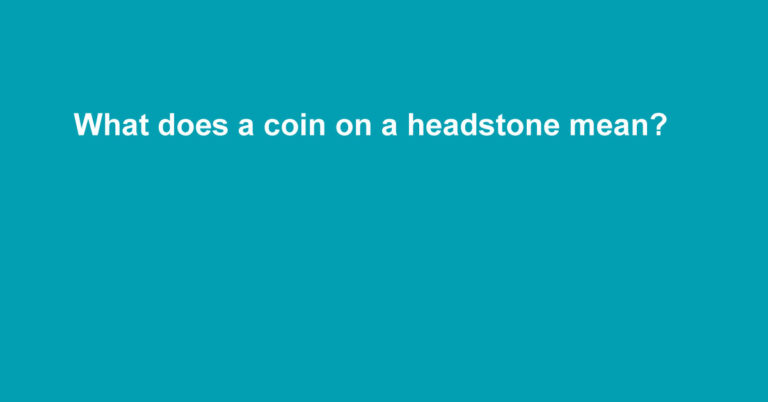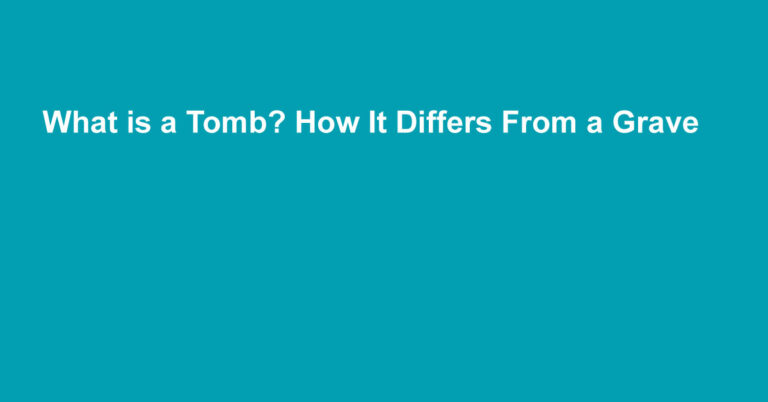What does a dime on a grave mean?
What does a dime on a grave mean? This article explores the unique symbolism of the dime in military and memorial traditions. Learn how this small coin carries a powerful message of shared service, remembrance, and respect for the fallen.
When visiting a cemetery, especially a military one, you might notice a single dime resting on a headstone. While it may seem like a random coin, this dime carries deep emotional and symbolic meaning.
In this post, we’ll uncover the origin, significance, and continued use of the dime as a subtle but powerful tribute to those who have passed especially those who served in the military.
The Deeper Meaning Behind a Dime
A dime placed on a grave means that the visitor served in the military at the same time as the deceased. It’s a symbol of shared experience possibly in different units, but during the same period of service.
This act shows not just respect, but also solidarity, acknowledging a bond that only fellow service members truly understand.
Why a Dime? Symbolism of the Ten
The dime a ten-cent coin also carries symbolic weight beyond military use:
Unity and Completion
In many cultures, the number ten represents completion, unity, or wholeness a perfect circle. Placing a dime could symbolize the completion of a shared journey or respect for a life of service.
Not Just a Coin A Message
Coins like dimes are small, silent messengers. Without words, they tell others:
“I served too. I remember. You’re not forgotten.”
How This Tradition Began
The coin tradition gained popularity after the Vietnam War. Many veterans wanted a way to honor their comrades without disturbing the grieving families. Leaving coins especially a dime became a quiet, powerful gesture that said:
“I was there too.”
Over time, it became a national tradition, especially in military cemeteries across the United States.
Where You’ll Commonly See Dimes on Graves
-
Military cemeteries like Arlington National Cemetery
-
Memorial Day or Veterans Day visits
-
Graves of soldiers who served during major wars (WWII, Vietnam, Iraq, etc.)
-
Cemeteries maintained by veteran organizations or military associations
Even outside the military, some people have adopted the tradition to honor family or friends who were veterans.
Respecting the Practice
If you see a dime on a grave:
-
Do not remove it it’s a personal and symbolic tribute.
-
Feel free to leave one yourself if you share a connection.
-
Consider it a part of cemetery etiquette and tradition.
How Dimes Differ from Other Coins
Here’s a quick comparison to clarify how a dime stands out:
| Coin | Meaning |
|---|---|
| Penny | You visited the grave. |
| Nickel | You trained with the deceased. |
| Dime | You served at the same time. |
| Quarter | You were present when they died. |
Among all, the dime reflects shared service a symbol of mutual sacrifice.
FAQs: What Does a Dime on a Grave Mean?
Can anyone leave a dime on a grave?
Yes, though it’s especially meaningful when left by someone who served in the military or had a personal bond with the deceased.
Is this tradition still practiced today?
Absolutely. Many veterans and family members still observe this tradition, especially on Memorial Day and Veterans Day.
Does the cemetery collect the coins?
In many cases, yes. Some military cemeteries collect the coins and use them to fund grave maintenance or veteran programs.
Is it okay to leave other items too?
Yes, but coins especially dimes carry a traditional and universally recognized meaning in military culture.
Final Thoughts
A dime on a grave might seem small, but it holds big meaning. For many, it’s a respectful way to say:
“We may have never met, but I stood where you stood.”
This tradition continues to bridge generations of service, sacrifice, and remembrance coin by coin, dime by dime.
